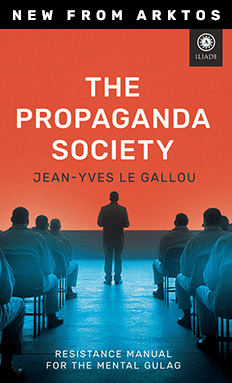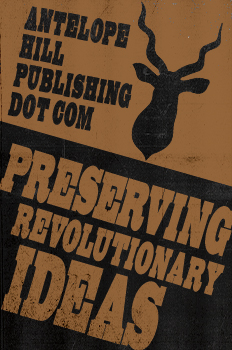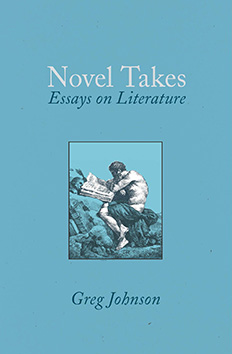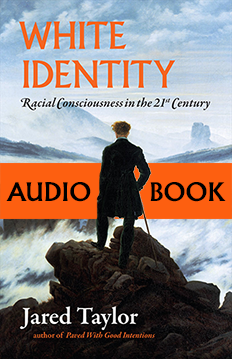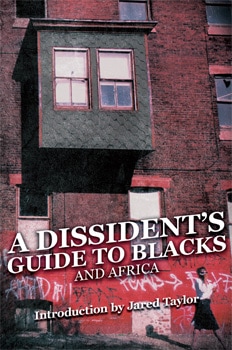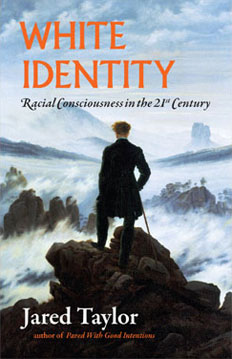What Explains Why Homicides Are Increasing Significantly Across the Country Since Late May?
Paul Cassell, Reason, July 29, 2020
A new report released yesterday, by Richard Rosenfeld and Ernesto Lopez for the Council on Criminal Justice (CCJ), contains disturbing quantification of what has been reported anecdotally by media: Homicides have increased significantly in many cities across the country since late May. And the pattern across other crime categories documented in the report suggests that a “Minneapolis effect”—a reduction in policing similar to the “Ferguson effect”—may well be the cause for the recent spike in homicides.
The CCJ report looks at weekly crime data from more than twenty of the nation’s largest cities, including New York, Los Angeles, Chicago, Atlanta, and Milwaukee. The report aggregates the data from these major cities and then looks for trends. With respect to homicide rates, the report concludes that:
There appears to be a rough cyclical pattern and a very slight upward trend in the homicide rate over time. The model estimated a structural break near the end of May 2020, after which the homicide rate increased by 37% through the end of June. The rise in homicide was led by three cities: Chicago, Philadelphia, and Milwaukee.
{snip}
The report observes the same pattern of a recent increase for aggravated assaults. Looking at 17 large cities for which data were available, a structural break near the end of May 2020 was detected as well. Aggravated assaults rose by 35% from late May through the end of June 2020. The rise in aggravated assaults was led by Chicago, Louisville, Nashville, and Detroit.
{snip}
The crime categories that came the closest to exhibiting the same pattern as homicides and aggravated assaults were gun assaults and robberies. Gun assaults also showed a sharp and sustained increase after late May, although the pattern was not clear enough to be identified as a structural break. And robbery exhibited a structural break, but the timing was slightly earlier. Robbery exhibited a long term downward trend, but after March 2020 the robbery rate rose by 27% through the end of June.
I have previously blogged about a recent and similar pattern in crime increases in Minneapolis. In that city, shooting crimes (including homicides) increased after the police killing of George Floyd in late May—but other crimes did not. A key part of the explanation appears to be that Minneapolis police stopped making as many street stops as they made previously. And given the unique responsiveness of gun crimes (such as homicides) to police activity, the result of the reduction in Minneapolis appears to have been a sharp increase in gun violence. At least 275 people have been the victims of gun crimes in Minneapolis during the first seven months of this year, surpassing the entire annual totals of all but two of the past ten years.
{snip}
The new CCJ report discusses what might be causing the recent spike in homicides and aggravated assaults. The report notes that while some of the violence was directly connected to protest activities, in most cases the crimes appear to have involved perpetrators other than the protesters. Most of the increase in violent crime took place away from the demonstrations and was not limited to single week (such as the week surrounding May 25, when George Floyd was killed).
The CCJ report also finds it instructive to compare the recent rise in urban violence with the increases that occurred five years ago in the wake of protests about a police killing in Ferguson, Missouri. As the report explains,
Analysts tied the heightened violence to two versions of the so-called Ferguson Effect. The first connects the violence to “de-policing,” a pullback in law enforcement. The second essentially turns this explanation on its head and connects the violence to “de-legitimizing,” positing that communities, disadvantaged communities of color in particular, drew even further away from the police due to breached trust and lost confidence. {snip}
{snip}
Here’s what the recent data appear to show: In the wake of George Floyd’s killing, police have been redeployed to respond to anti-police protests, diverting them from anti-gun patrols and other activities that deter the carrying of illegal firearms. Police have also also pulled back from some measures of pro-active policing, again as the result of the protests. The result of this reduction in law enforcement activity directed against gun violence has been, perhaps unsurprisingly, an increase in gun violence. {snip}
{snip} If law enforcement has become generally de-legitimized, the result should be a general increase in all crime categories, including (for example) burglaries. But that is not the pattern that the data exhibit. The recent data reflect an increase in homicides and other gun-related crimes but not other crimes—a unique pattern that is more consistent with de-policing being the cause.
One way of attempting to sort through the competing hypotheses is to examine whether residents of the affected cities are reporting fewer crimes to the police. In analyzing the 2016 Chicago homicide spike, for example, Professor Fowles and I used calls to 9-1-1 as a measure of police legitimacy, as was suggested by other researchers. We found that changes in 9-1-1 call rates could not explain the Chicago homicide spike. Examining recent 9-1-1 call patterns might be one way to investigate any explanatory power of the de-legitimizing hypothesis.
Similarly, police departments often keep data on street stops and other measures of police activity. Changes in these activities should be assessed to see if they correspond to increases in homicides. For example, in my recent blog post, I pointed to a decrease in Minneapolis in police searches and suspicious person stops that coincided precisely with the increase in shootings that occurred there in late May. Data in other cities could be reviewed to see if they exhibit similar trends.
{snip}
Researchers should continue to investigate why homicides have been spiking in Chicago and other major cities across the country. If the answer is that de-policing is linked to rising gun violence (as some earlier studies would suggest), further limiting police efforts to aggressively deter gun crimes will tragically lead to more shootings and more homicides. {snip}
{snip}





